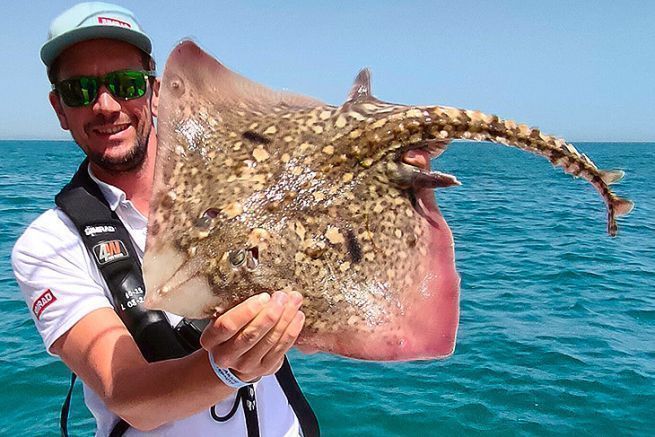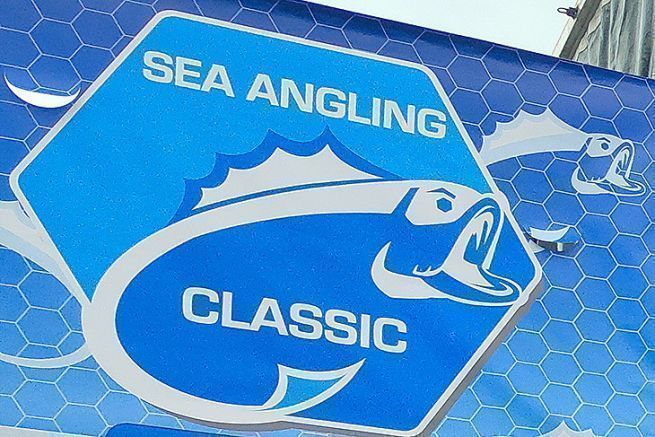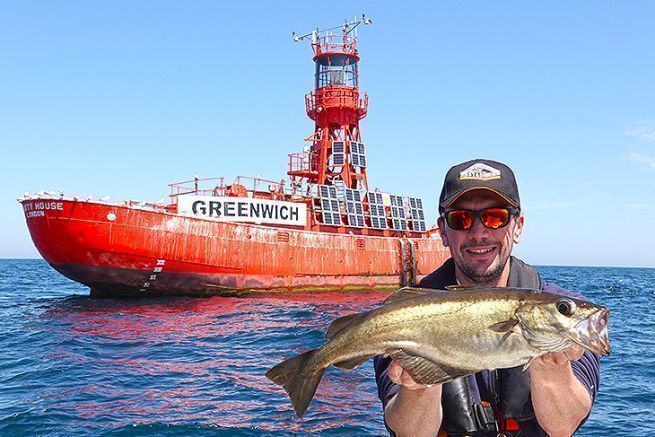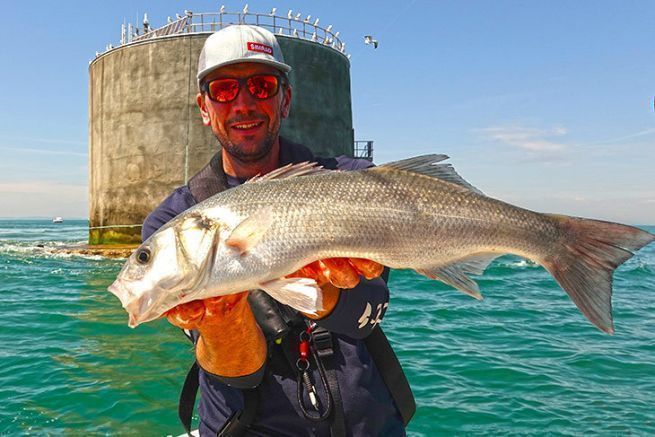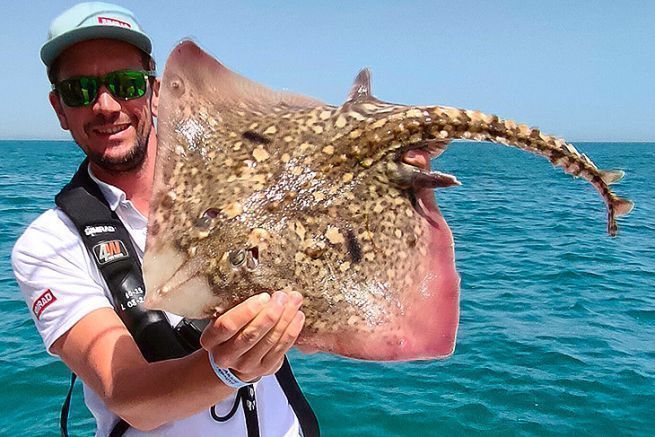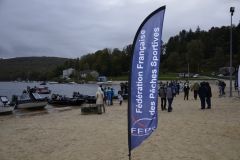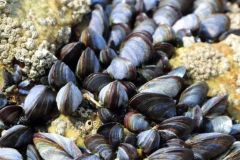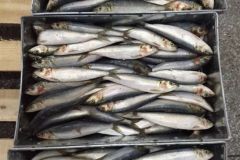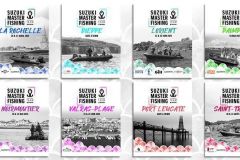We spent the second day of exploration to repair the mechanical problems that persisted: accessory battery discharging abnormally, adjustment of the pilot, correction of a NMEA cable, installation of a new livewell pump...
Everything happened at the same time and at the wrong moment. It doesn't matter, it's the D-day and we have to leave, our handicap is clearly the lack of knowledge of the areas with topes, emissoles and rays.

Second position thanks to sea bass and sea bream
We start with what we master: bass on lures and sea bream on tenya. From the start, we validate the bass and place ourselves at the top of the ranking.
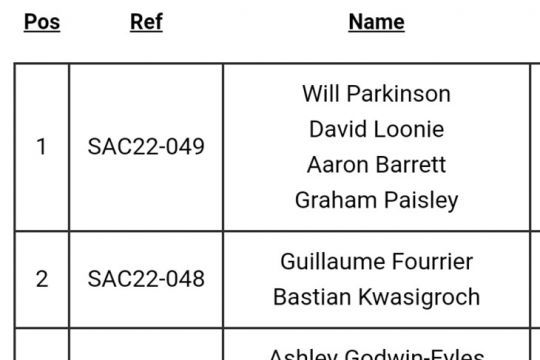
The quota of 3 bass and 3 sea breams is taken in the morning. But the strategy is not there. The big scores are made with sharks and emissaries. Moreover, the rays are almost as important as the bass in this ranking.
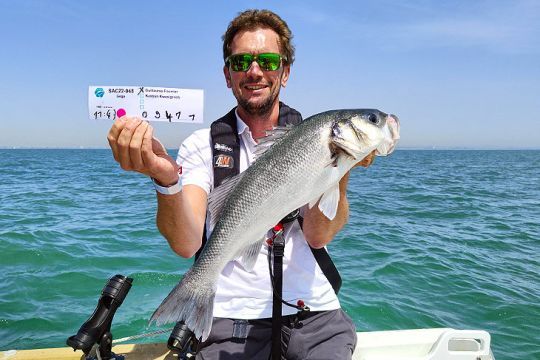
We still decide to insist on bars until noon to get the average size up.
It's skating on the sharks
Direction of the only spot spotted during the prefishing. We drift along the sandbanks in a decreasing current. While the scores of the other competitors climb and make us go down in the classification, we find our first "tope".
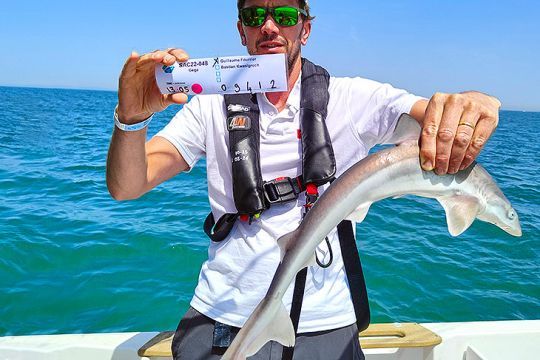
A beautiful curly stripe
In the same time we catch a nice curly ray on the same spot. These two successive fish keep us in a good position.

We record other keys. That's when we learn a lesson. A boat sees us and pulls up the drift. It anchors, we can't fish the area anymore, because we can't get within 30 meters of the competitors or we'll be disqualified. We have a tracker on board and the rules are strict.
Moreover, it was the boat of the winners of the competition that took the spot, which we discovered the next day. We remember that when a spot is identified, it is necessary to anchor there to appropriate it... Anchored fishing is almost unavoidable to hope to be ranked.
A more difficult second round
We attack the second round with the sea breams.
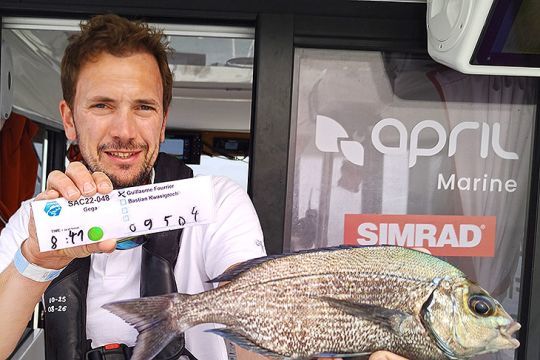
Very quickly, we go to the bass areas, which turn out to be much less biting than the day before. The algae in suspension are omnipresent, the touches are fussy, the fish are smaller...
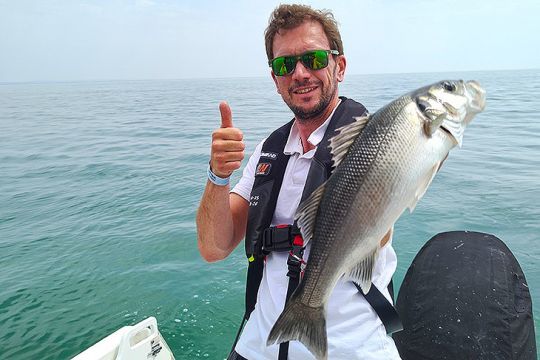
We left for our shark-hawk spot of the previous day and anchored. Unfortunately, the suspended algae made the area unmanageable. We had to wait until the last hour of the round to find the same conditions as the day before on an ebbing tide. We are not in the ranking and decide to go for the rise of the sea bass and sea bream scores.
The winners of the competition make big scores of tope sharks and emissaries.
Crossing the English Channel in heavy seas
This competition was full of surprises, learning and beautiful meetings with local fishermen. But the adventure did not end there.
We have to face the choppy sea to reach the port of Dieppe. After a wind of force 6 to 7 Beaufort the day before, the 110 nautical miles navigation is going to be tough. Most of the time, we had a hard time making it at 12 knots because of the residual head swell!
And yet, back at the port, we were eager to come back stronger in 2023.
